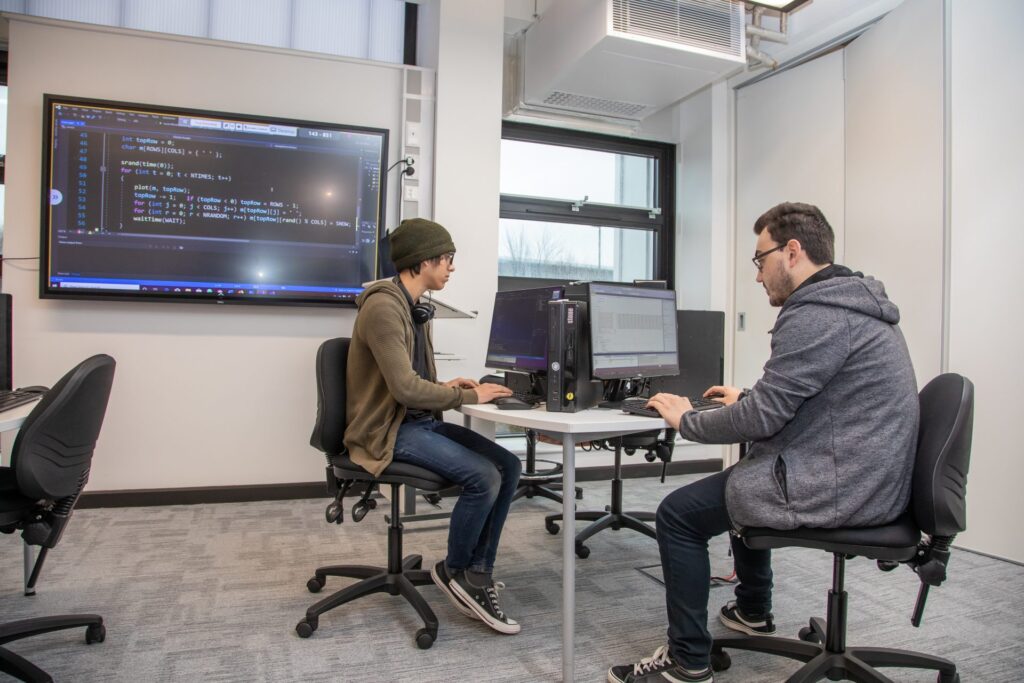In today’s rapidly evolving business landscape, one key factor sets successful organizations apart from the rest: a culture of learning. Companies that prioritize professional development create an environment where employees can thrive, adapt to change, and drive innovation. In this article, we will explore the benefits of fostering a culture of learning and provide actionable strategies for companies to build such a culture within their organization.
I. The Benefits of a Culture of Learning
A. Increased Employee Engagement and Retention
A culture of learning cultivates engaged and satisfied employees. According to a study conducted by LinkedIn, 94% of employees would stay longer in a company that invests in their professional development. By providing opportunities for growth, companies create a sense of loyalty and commitment among their workforce. When employees feel valued and supported in their learning journey, they are more likely to contribute their best work, resulting in higher retention rates and reduced turnover.
B. Enhanced Adaptability and Innovation
In a rapidly changing business landscape, adaptability and innovation are critical for success. A culture of learning encourages employees to continuously acquire new skills, stay updated with industry trends, and embrace change. By fostering a learning mindset, companies empower their workforce to think creatively, explore new possibilities, and develop innovative solutions to challenges. Organizations such as Google and Amazon have thrived by promoting a culture of learning, allowing them to adapt swiftly to market shifts and drive industry-leading innovation.
II. Creating a Learning-Friendly Environment
A. Leadership Commitment
Leaders play a pivotal role in shaping the culture of an organization. To foster a culture of learning, leaders must lead by example, actively participate in learning initiatives, and communicate the importance of continuous development to their teams. By showing genuine commitment to learning, leaders inspire employees to follow suit and create a culture where learning becomes a core value.
B. Providing Accessible Learning Resources
To foster professional development, organizations must provide employees with accessible and diverse learning resources. This can include online platforms, industry-specific courses, mentorship programs, and workshops. By offering a range of options, employees can choose the learning methods that best suit their needs and learning style. Investing in accessible resources demonstrates the organization’s commitment to supporting employees’ growth and development.
C. Encouraging Collaboration and Knowledge Sharing
Collaborative learning and knowledge sharing are powerful tools for fostering a culture of learning. Encouraging employees to collaborate across departments and share their knowledge and expertise not only enhances individual learning but also creates a collective intelligence within the organization. Internal forums, cross-functional projects, and mentorship programs can facilitate collaboration and create opportunities for employees to learn from one another’s experiences and perspectives.
III. Empowering Employees in Their Learning Journey
A. Personal Development Plans
To maximize the impact of learning initiatives, companies should encourage employees to create personal development plans aligned with their goals and aspirations. These plans serve as roadmaps, outlining the skills and knowledge employees aim to acquire and the steps they will take to achieve their objectives. Managers should actively support employees in creating these plans and provide guidance to help them navigate their learning journey.
B. Time and Resources for Learning
Organizations must allocate dedicated time and resources for employees to engage in learning activities. This can include scheduling regular “learning hours” where employees have protected time to focus on their development, providing access to relevant books and online courses, and supporting attendance at conferences or industry events. By prioritizing learning and providing the necessary resources, companies demonstrate their commitment to employee growth.
C. Recognition and Reward for Learning Achievements
Recognizing and rewarding employees’ learning achievements is crucial for sustaining a culture of learning. Acknowledging their efforts and progress motivates employees to continue their learning journey and inspires others to actively participate. Recognition can take various forms, such as certificates of completion, public appreciation, or promotion opportunities. By celebrating learning achievements, companies reinforce the value placed on professional development.
IV. Evaluating and Adjusting the Learning Culture
A. Collecting Feedback and Metrics
To assess the effectiveness of learning initiatives, organizations should regularly gather feedback from employees. Conducting surveys, focus groups, and one-on-one conversations allows companies to understand employees’ experiences, identify areas for improvement, and tailor learning programs accordingly. Additionally, tracking key metrics such as employee satisfaction, retention rates, and skill acquisition provides tangible evidence of the impact of a culture of learning.
B. Continuous Improvement
Building a culture of learning is an ongoing process that requires continuous evaluation and improvement. Organizations should regularly review their learning programs, benchmark against industry best practices, and adapt to changing needs. By embracing a culture of continuous improvement, companies can ensure that their learning initiatives remain relevant and impactful, supporting employees’ professional development effectively.
Takeaway
Fostering a culture of learning is a strategic investment that pays off in multiple ways. By prioritizing professional development, companies not only increase employee engagement and retention but also nurture adaptability and drive innovation. Building a learning-friendly environment, empowering employees in their learning journey, and continuously evaluating and adjusting the learning culture are essential steps for organizations to create an environment where employees thrive, learn, and succeed. Embrace the power of a culture of learning and unlock the full potential of your workforce.









